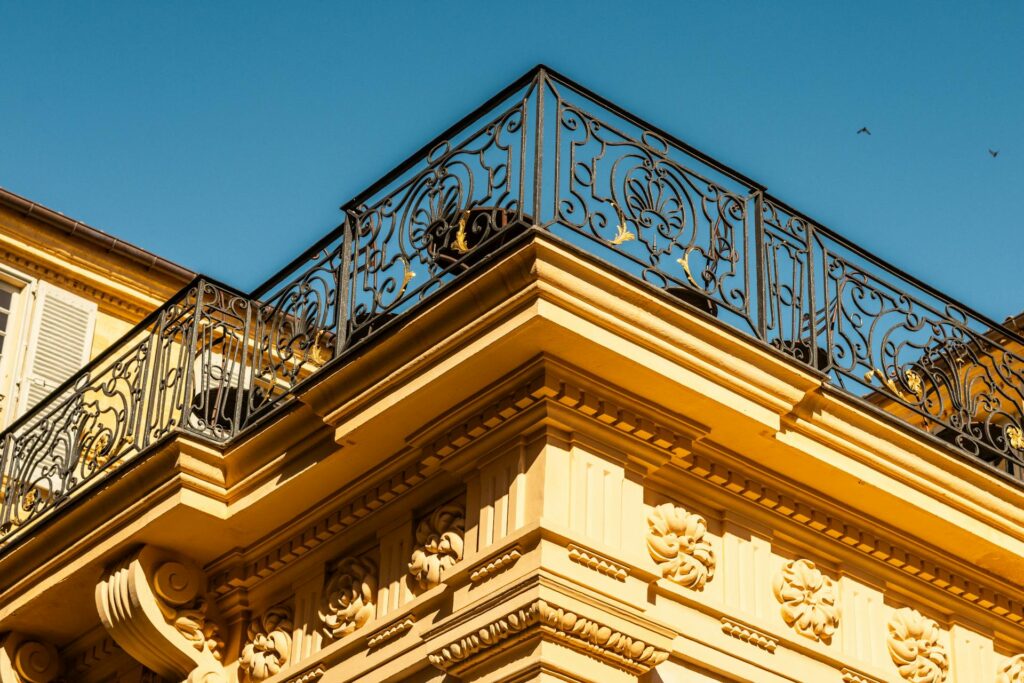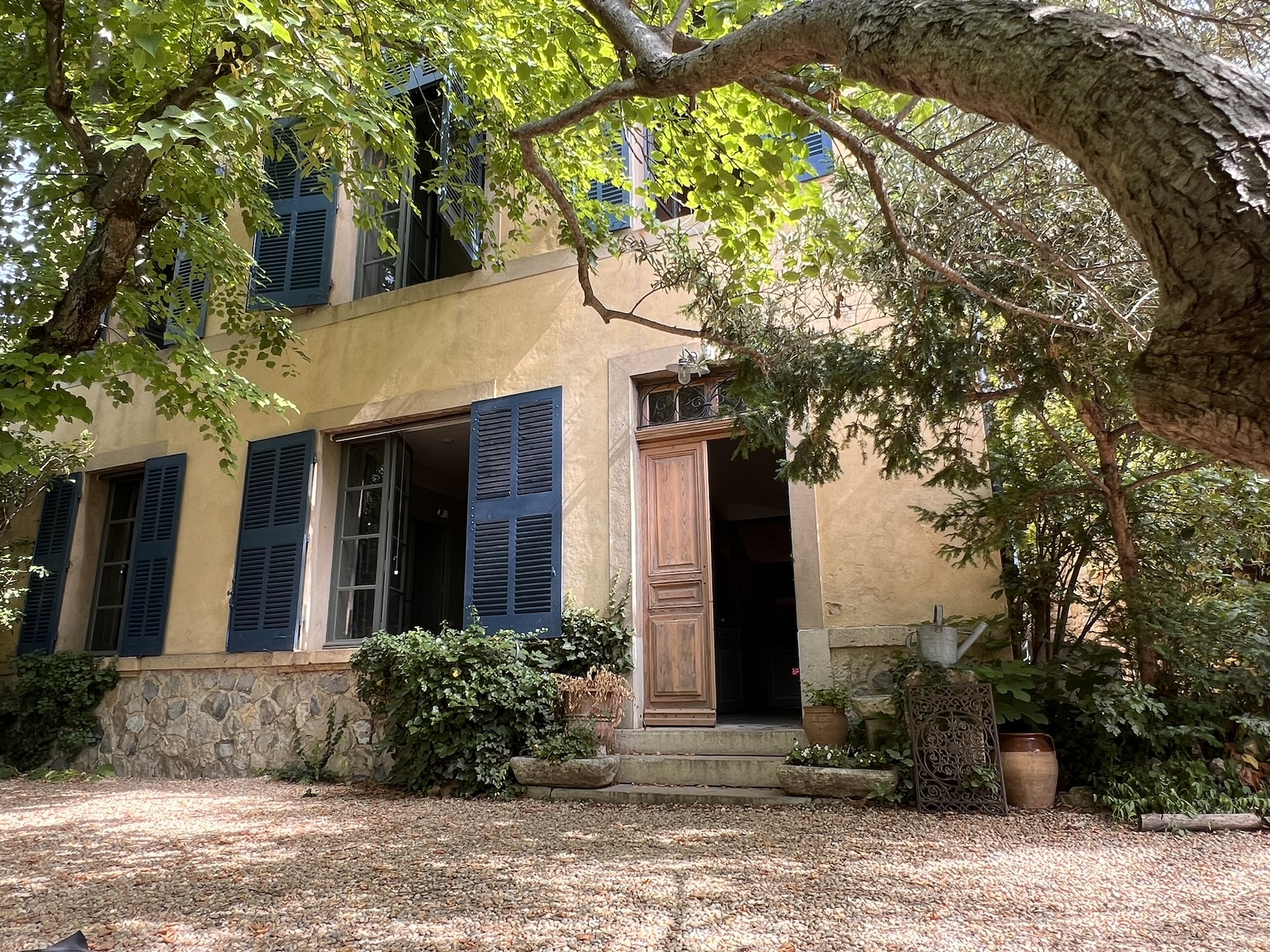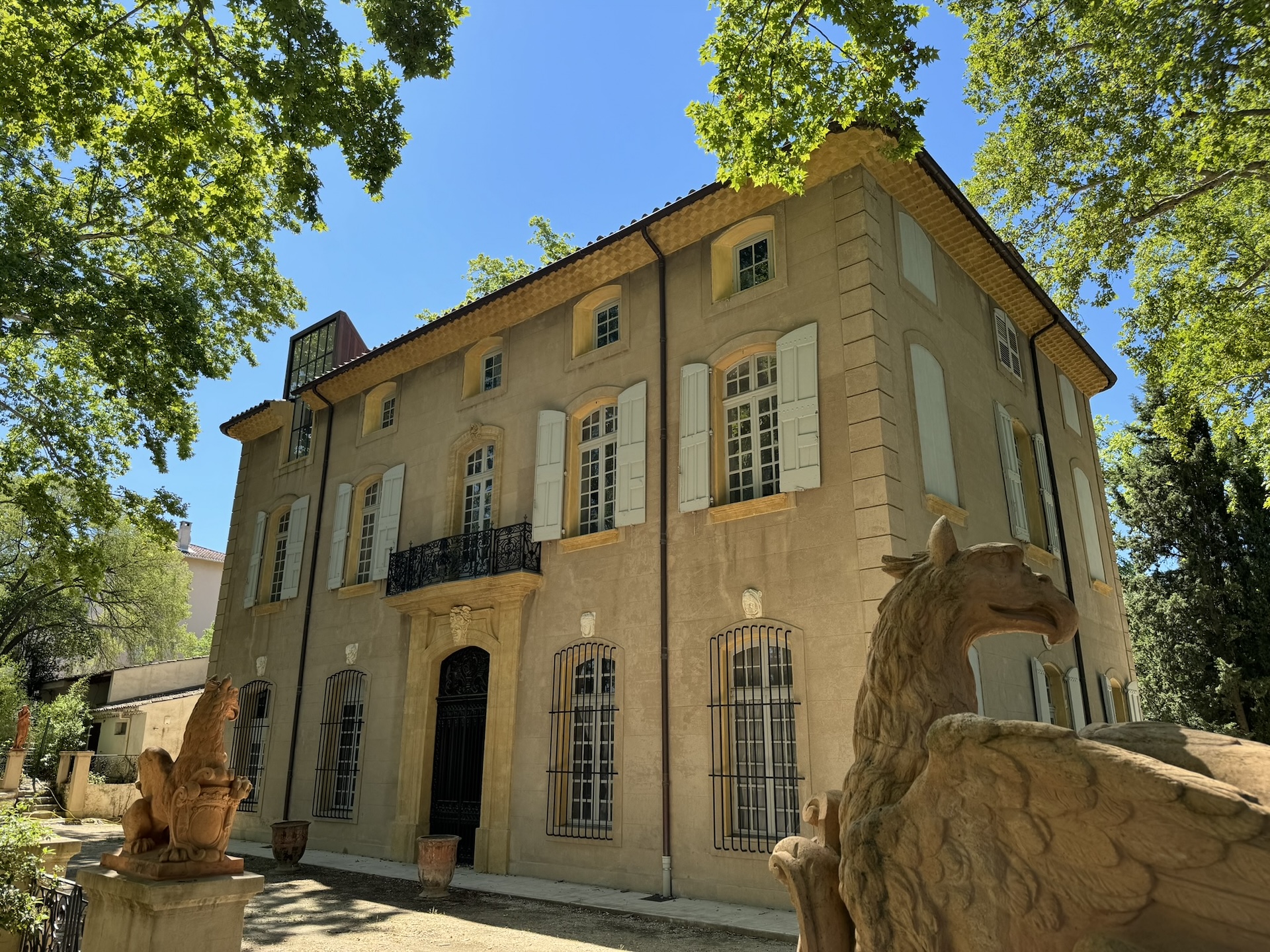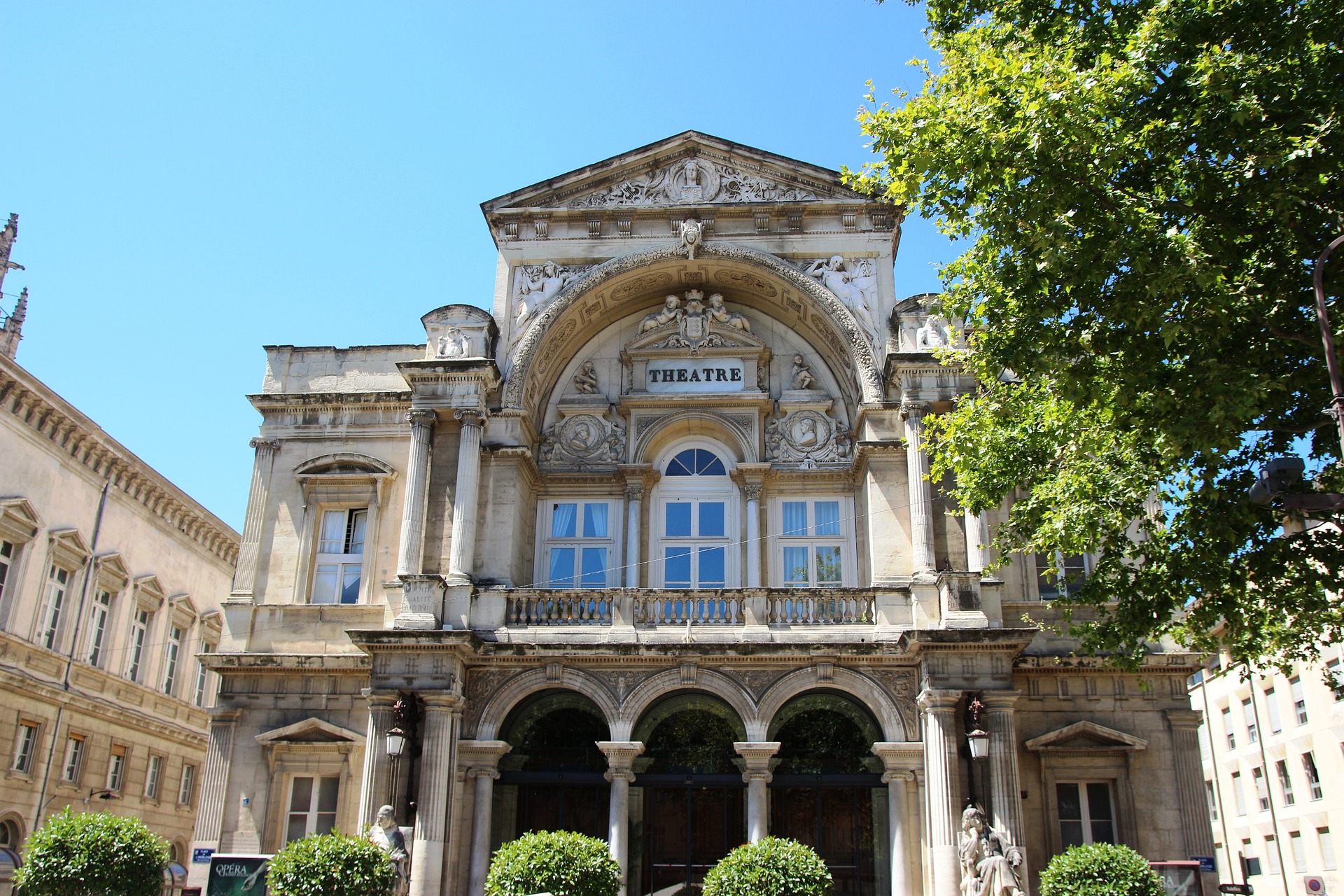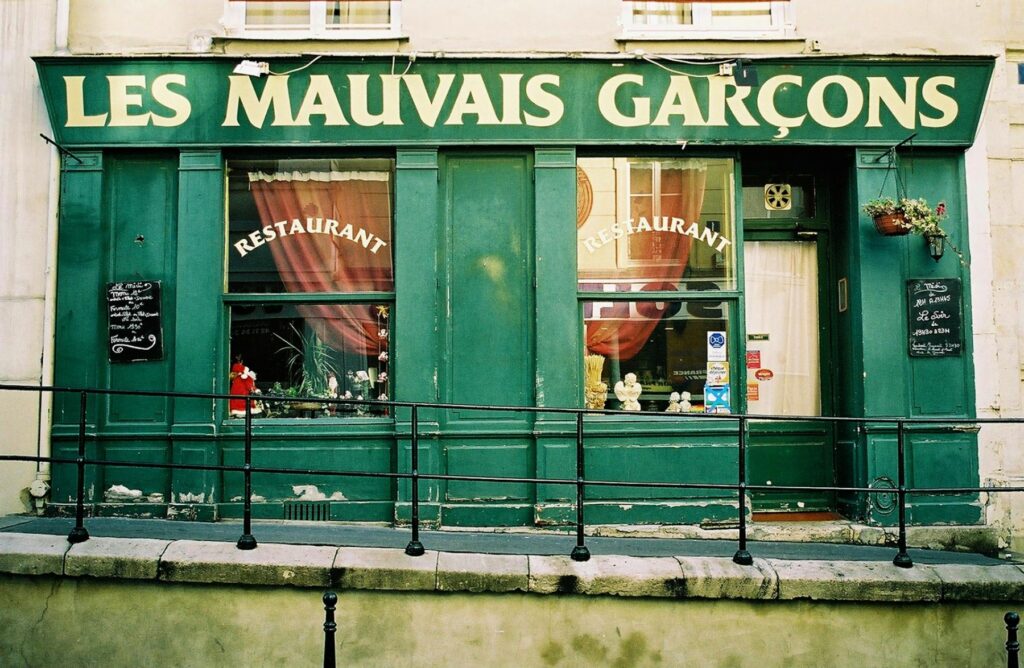Provence, a region in southeastern France, is renowned for its sun-drenched landscapes, lavender fields, and charming cities that exude history and culture. Its cities, including Aix-en-Provence, Avignon, Arles, and Marseille, among others, are steeped in a rich tapestry of Roman, medieval, and Renaissance influences, with architecture that reflects centuries of artistic and cultural evolution. Aix-en-Provence, often called the “most beautiful city in Provence,” holds a special place as a cultural and historical gem. Below, I explore the highlights of these cities, their architectural significance, and what each is noted for, with a particular focus on Aix-en-Provence and its “old world” charm.
Aix-en-Provence: The Cultural Heart of Provence
Aix-en-Provence, or simply Aix, is celebrated as a city of art, culture, and intellectual heritage. Founded by the Romans in 122 BCE as Aquae Sextiae, it was built around thermal springs, which remain a draw today. Aix is noted for its vibrant café culture, elegant boulevards like the Cours Mirabeau, and its association with painter Paul Cézanne, whose works were inspired by the region’s landscapes. The city’s old town, with its narrow, cobblestone streets and pastel-colored buildings, is a testament to its historical depth.
Architecture in Aix-en-Provence: Aix’s architecture is a harmonious blend of Roman, medieval, and Baroque styles. The old town is dotted with *hôtels particuliers*—grand 17th- and 18th-century townhouses built by wealthy families, characterized by ornate doorways, wrought-iron balconies, and courtyards with fountains. A prime example is the Hôtel de Caumont, now an art center, with its elegant façade and intricate interior plasterwork. The Cathédrale Saint-Sauveur, a Romanesque-Gothic masterpiece, showcases a mix of styles from the 5th to the 17th centuries, including a Romanesque cloister and a Gothic portal with detailed carvings. Roman remnants, such as the ruins of the ancient baths, hint at Aix’s origins, while the Place d’Albertas, with its harmonious Baroque ensemble, reflects the city’s 18th-century prosperity. The use of golden limestone in many buildings gives Aix a warm, luminous quality, especially at sunset.
Aix’s architecture is not just about grandeur; it’s intimate and human-scaled, with hidden courtyards and fountains like the Fontaine de la Rotonde, a 19th-century landmark that anchors the Cours Mirabeau. The city’s layout, with its winding streets and small squares, invites exploration, revealing architectural details like carved stone garlands and weathered shutters that evoke a timeless Provençal aesthetic.
In the serene, sunlit Lauves studio, you’ll encounter the cherished objects that inspired Cézanne’s final still-life masterpieces—his furniture, tools, and countless small details that tie you to the artworks born here, now displayed globally. This intimate space, filled with the essence of his daily life, vividly evokes the master’s presence. The simplicity of his surroundings reveals the human side of his genius, offering a profound connection to the creative spirit that shaped his enduring legacy within these walls.
At the Jas de Bouffan mansion, a designated historical monument with its estate, a guided tour unveils its significance to Paul Cézanne. This family home served as his residence, a grounding force, the setting for his early works, and a creative haven. As you explore the country house, discover the cherished vistas that inspired around fifty of Cézanne’s oil paintings and watercolors. This illuminates the profound connection between the artist and this cherished property, offering a glimpse into the spaces that shaped his artistic vision and legacy.
Avignon: The Papal City
Avignon, another jewel of Provence, is best known for its medieval history as the seat of the Catholic papacy in the 14th century. The city’s centerpiece, the Palais des Papes, is one of the largest and most important Gothic palaces in the world. Avignon is also famous for the Pont d’Avignon, a partially preserved medieval bridge immortalized in a French folk song, and its annual theater festival, one of Europe’s largest.
Architecture in Avignon
The Palais des Papes dominates Avignon’s skyline with its massive stone walls and fortified towers, a stark yet awe-inspiring example of Gothic architecture. Its austere exterior contrasts with the intricate frescoes and vaulted ceilings inside, particularly in the papal apartments. The city’s ramparts, built in the 14th century, encircle the old town, showcasing medieval defensive architecture with crenelated tops and imposing gateways. Avignon’s streets are lined with Gothic and Renaissance buildings, such as the Hôtel des Monnaies, with its ornate Baroque façade. The use of local stone and the integration of Romanesque elements, like rounded arches in smaller churches, add to Avignon’s architectural diversity. The city’s architecture reflects its role as a religious and political powerhouse, with a grandeur that feels both imposing and reverent.
Arles: The Roman Legacy
Arles, a UNESCO World Heritage Site, is famed for its Roman ruins and its influence on Vincent van Gogh, who painted many of his masterpieces here. The city is noted for its well-preserved Roman amphitheater and theater, as well as its vibrant markets and the annual Fête de la Tarasque, a nod to local folklore.
Architecture in Arles
Arles’ Roman architecture is its hallmark, with the Arles Amphitheatre (1st century CE) standing as a testament to Roman engineering. Built into a hillside, it features two tiers of arches and could seat 20,000 spectators. The nearby Roman Theatre, with its elegant columns and stage backdrop, showcases the refined aesthetic of Roman design. Medieval architecture is also prominent, particularly in the Église Saint-Trophime, a Romanesque church with a portal adorned with intricate biblical carvings, considered a masterpiece of Provençal Romanesque art. The cloister of Saint-Trophime, with its sculpted capitals, blends Romanesque and Gothic elements. Arles’ architecture feels raw and layered, with Roman stones often repurposed in medieval structures, creating a dialogue between eras.
Marseille: The Cosmopolitan Port
Marseille, Provence’s largest city, is a bustling port known for its multicultural vibrancy, seafood (especially bouillabaisse), and the iconic Basilique Notre-Dame de la Garde. As a gateway to the Mediterranean, it has a more urban, gritty charm compared to Aix’s refinement.
Architecture in Marseille
Marseille’s architecture spans centuries, from the Roman docks at the Vieux-Port to the 19th-century Basilique Notre-Dame de la Garde, a Romano-Byzantine basilica with a golden statue of the Virgin Mary atop its bell tower. The old town, Le Panier, features narrow streets with colorful 17th- and 18th-century buildings, their faded stucco facades exuding character. The Cathédrale La Major, with its green and white striped stonework, blends Byzantine and Romanesque influences, while the 17th-century Fort Saint-Jean showcases military architecture with its sturdy walls and strategic harbor position. Marseille’s architecture reflects its role as a melting pot, with a mix of styles that tell the story of trade, migration, and resilience.
Marseille and the Calanques
Marseille, France’s lively coastal gem, is celebrated for its Mediterranean allure and closeness to the spectacular Calanques. These striking limestone cliffs, sculpted into deep, fjord-like coves, span the shoreline from Marseille to Cassis. Established in 2012, the Calanques National Park boasts awe-inspiring scenery, crystal-clear turquoise waters, and rich biodiversity. Visitors can navigate the area through hiking paths, boat excursions, or kayaking, uncovering secluded beaches like Sugiton and En-Vau. Marseille’s vibrant Vieux-Port, steeped in history and cultural richness, harmonizes with the Calanques’ tranquil, rugged beauty, creating an ideal mix of dynamic city life and pristine wilderness.
Highlights of Provençal Old World Architecture
Across Provence, old world architecture is defined by its use of local materials—golden limestone, terracotta tiles, and pastel stucco—that harmonize with the region’s light and landscape. Romanesque and Gothic styles dominate religious buildings, with intricate stonework and cloisters that invite contemplation. Secular architecture, like Aix’s *hôtels particuliers* or Avignon’s fortified palaces, showcases the wealth and ambition of past elites. Roman influences, particularly in Arles and Aix, provide a classical foundation, while medieval ramparts and Renaissance details add layers of complexity. The architecture is both functional and decorative, with fountains, courtyards, and wrought-iron details creating a sense of intimacy.
Each city’s architecture tells a story: Aix’s elegance reflects its role as a cultural hub, Avignon’s grandeur its papal past, Arles’ ruins its Roman roots, and Marseille’s eclecticism its port-city dynamism. Together, they create a mosaic of Provence’s history, where every stone, arch, and façade whispers tales of empires, artists, and everyday life. Whether strolling Aix’s Cours Mirabeau or gazing at Avignon’s Palais des Papes, visitors are immersed in an architectural legacy that feels both timeless and alive.


